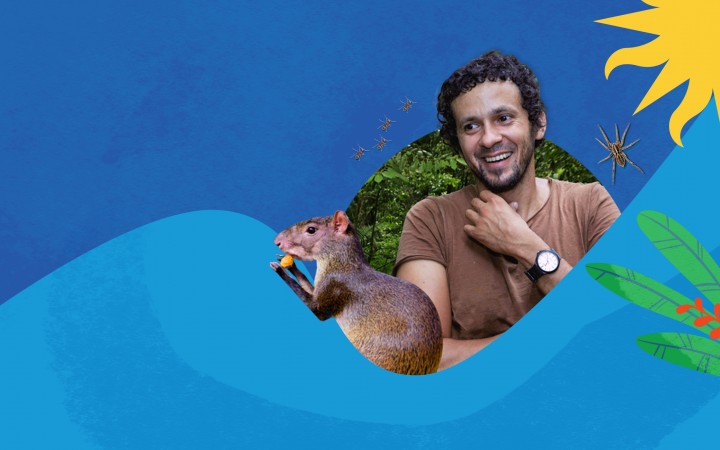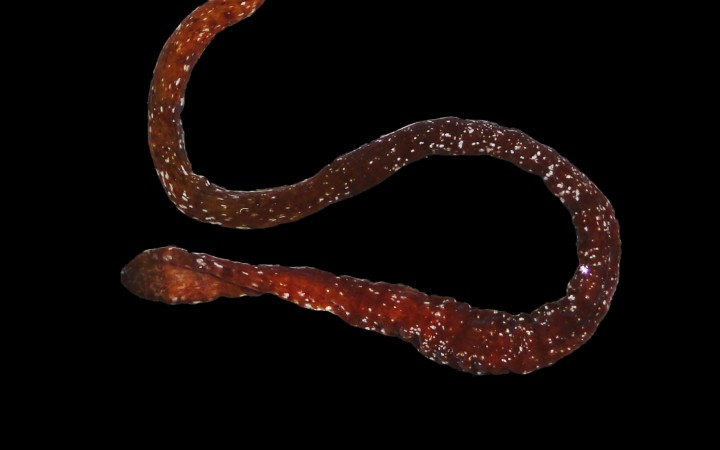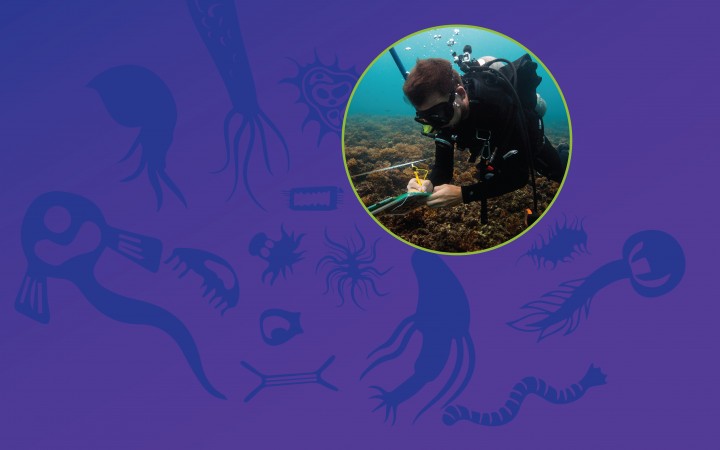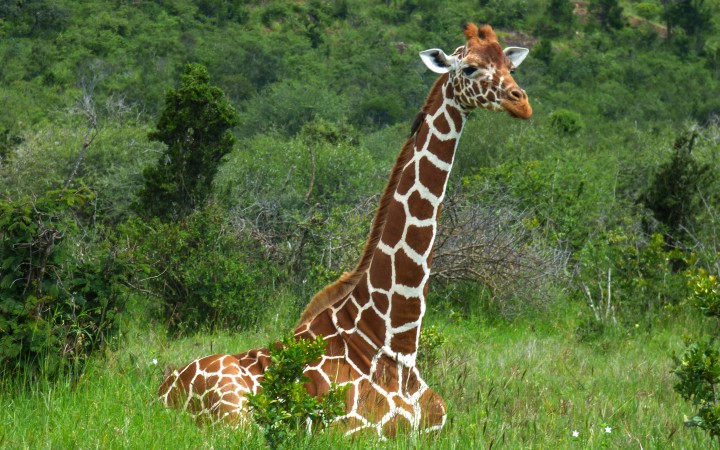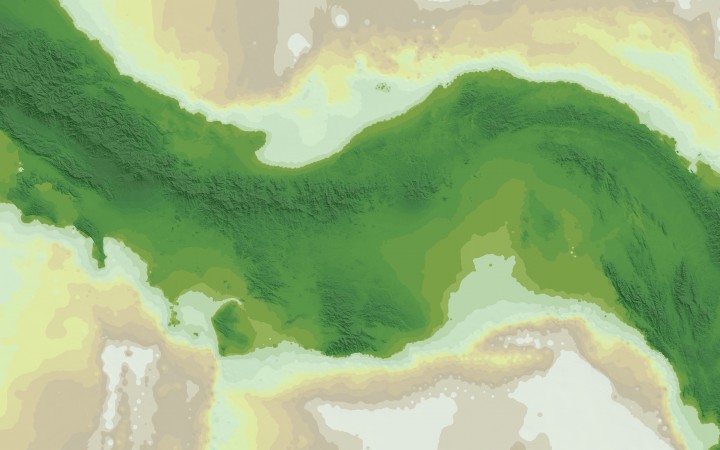A journey of growth and discovery
The first time Dumas Gálvez saw the ant species Ectatomma ruidum under a microscope, he was just a little boy. He was immediately fascinated. A few decades later, as a postdoctoral fellow at the Smithsonian Tropical Research Institute (STRI), a professor in the entomology department at the University of Panama and a mentor to young scientists, he does research on that same ant species. Listen...
